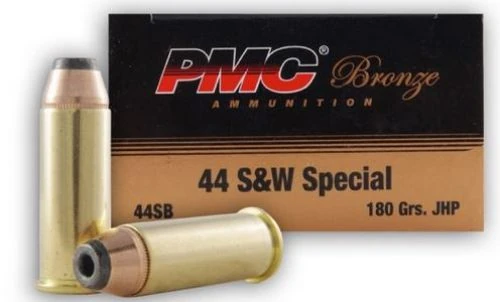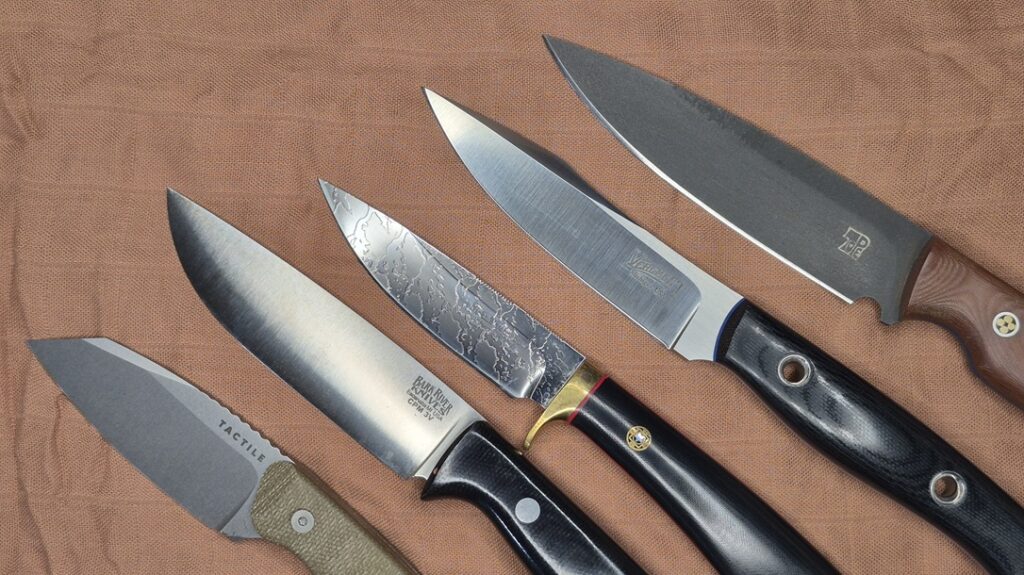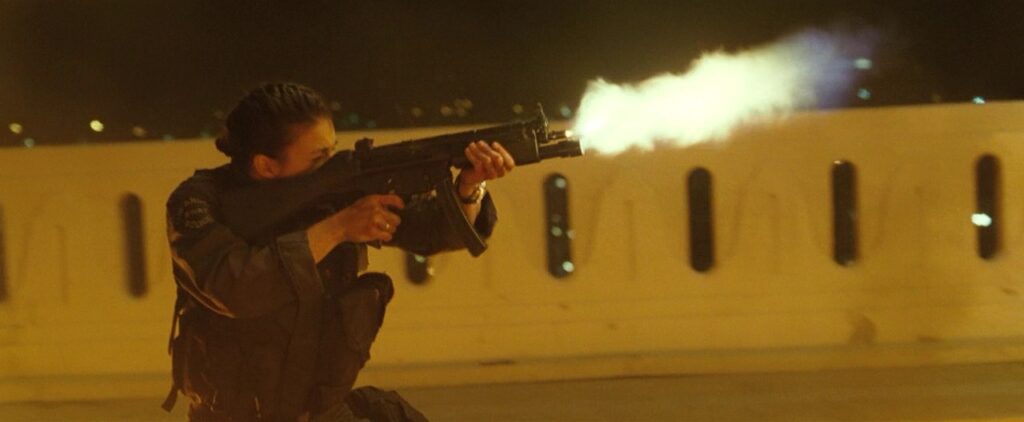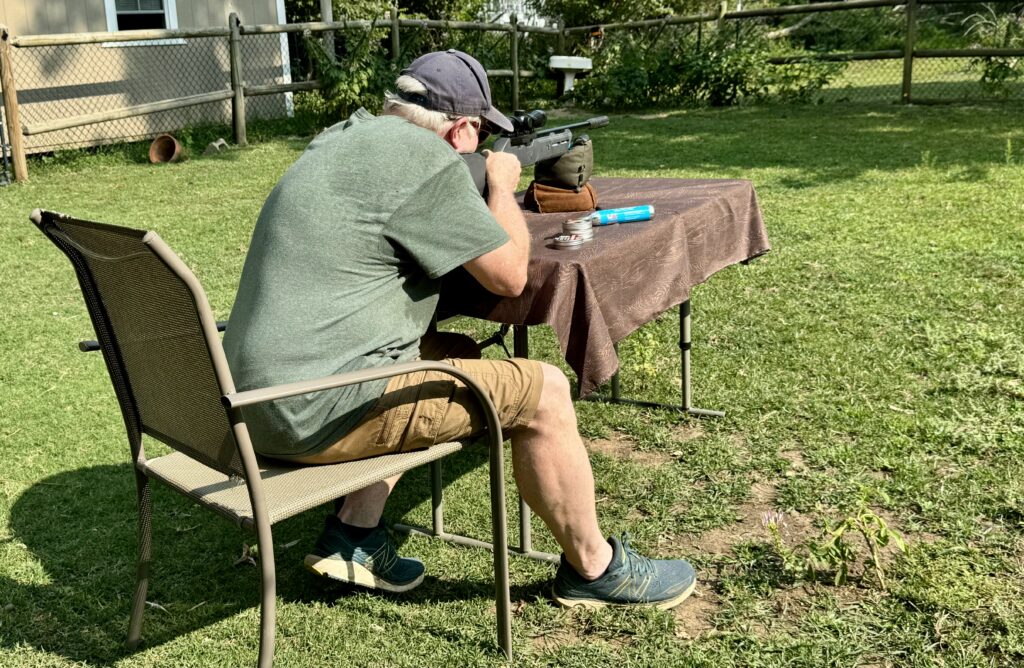Keith Finch, former editor of Gat Daily, once said something that stuck with me:
“I don’t believe in stopping power, but when I load a 250-grain .45 Colt round into a revolver, I almost believe.”
I’m paraphrasing, but you get the point. I share that same sentiment with Keith, extending to the .44 Special. I love the little .44 Special round. It’s the 10mm of revolver cartridges, not necessarily in power, but in its popularity and use.
Advertisement — Continue Reading Below
The .44 Special has a cult following that loves the cartridge. It has a rich history, and you’re also very unlikely to see many new guns produced using it. Also, like 10mm, there are tons of .44 Special loads that are too weak to serve a purpose. Yet, if you try it once, you’ll be hooked.
The History of the .44 Special
The .44 Special is an old round. It dates back to 1907 and was initially created by Smith and Wesson. It descends from the cartridges that start with .4 and were popular in the western United States. In the early 1900s, the advent of smokeless powder was supercharging rounds, and black powder loads were on their way out.
S&W initially introduced the cartridge with the Smith & Wesson .44 Hand Ejector 1st Model New Century. Elmer Keither declared the New Century the finest revolver ever made. That’s excellent praise from the father of the .44 Magnum. The .44 Special was intended to be a big selling point of the new revolver.
Advertisement — Continue Reading Below
S&W based the .44 SPC on the .44 Russian. The .44 Russian was developed for the Russian military and their S&W Model 3 revolvers. The .44 Russian proved to be an accurate and popular round, so it seemed like an excellent place to start. To help improve the cartridge ballistics, the case was slightly lengthened. This also kept the .44 Special smokeless powder rounds from chambering in .44 Russian guns.
The downside is that S&W didn’t use that extra case capacity. Instead, they essentially duplicated the .44 Russian round ballistically, using a 246-grain projectile moving at 755 feet per second.
Advertisement — Continue Reading Below
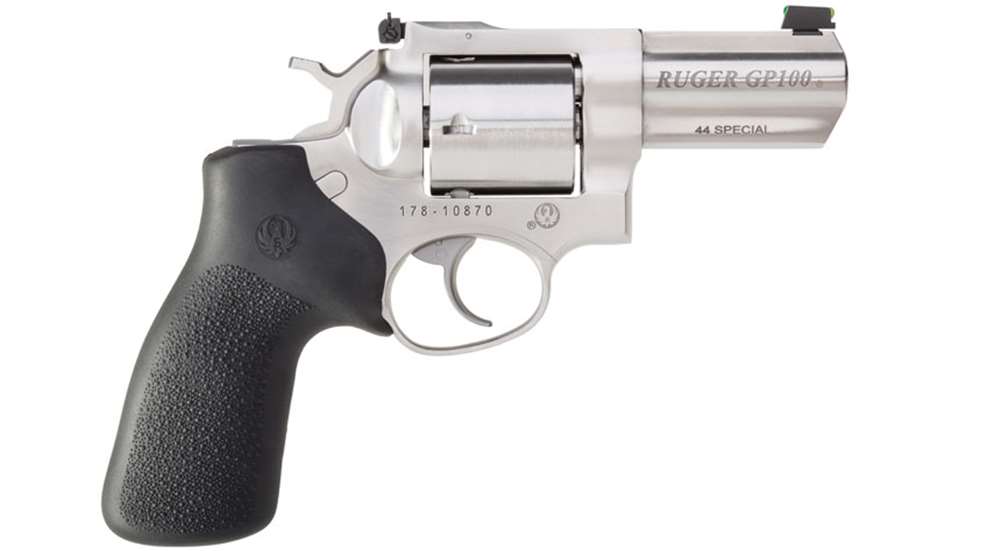
Handloaders would change this and start hot-rodding the cartridge a fair bit. They developed much more capable loads and surpassed the .44 Russian by a large margin. These handloaders eventually helped develop the .44 Magnum, but that’s a different conversation.
The .44 SPC Today
The .44 Special is still kicking around. Hornady has a modern defensive round that I used to love…until I learned a little more about the .44 Special’s potential. Hornady’s load is a 165-grain FTX round moving at 900 feet per second. I liked the round, low recoil nature and accuracy, but what’s the point of a slow-moving, rather lightweight cartridge? Without a doubt, it would be a capable self-defense round for two-legged vermin.
Advertisement — Continue Reading Below
However, the .44 Special can do so much more. It’s capable of being an animal defense round and a two-legged vermin cartridge. Unlike the .44 Magnum, the .44 Special can be light and compact. It strikes an excellent middle ground where it can defend you from most critters while still being a capable defensive round.
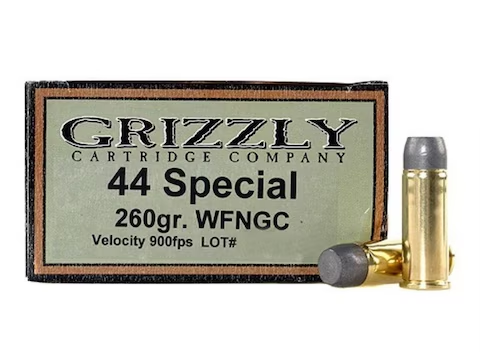
Sure, I wouldn’t carry it to a bear hunt with a .44 Special for a humane kill, but it will be capable of defending you from bears with the right ammo. Buffalo Bore makes a 255-grain round moving at 1,000 feet per second that ought to solve any outdoor problems.
Advertisement — Continue Reading Below
If you’re like me and bears aren’t an issue, but wild hogs, dogs, and coyotes are, and you want a viable self-defense option, Underwood makes a semi-wadcutter that weighs 190 grains and moves at 1,150 feet per second.
Shooting the .44 SPC
I own a Charter Arms Bulldog, a 1980s vintage of Charter Arms’ most famed gun. The Bulldog packs five rounds of .44 Special and is a compact gun with a three-inch barrel. It’s fairly simple and an interesting gun. The Bulldog is not quite pocket-carryable and is considerably larger than my 856 Defender.
It’s most certainly a vibes gun. It’s not the most efficient gun, but it’s certainly effective. The Charter Arms Bulldog shoots straight and is fun to shoot. Recoil is mild, even with some hotter, faster rounds. I’d compare it to a .357 Magnum through a medium-frame gun.
Advertisement — Continue Reading Below
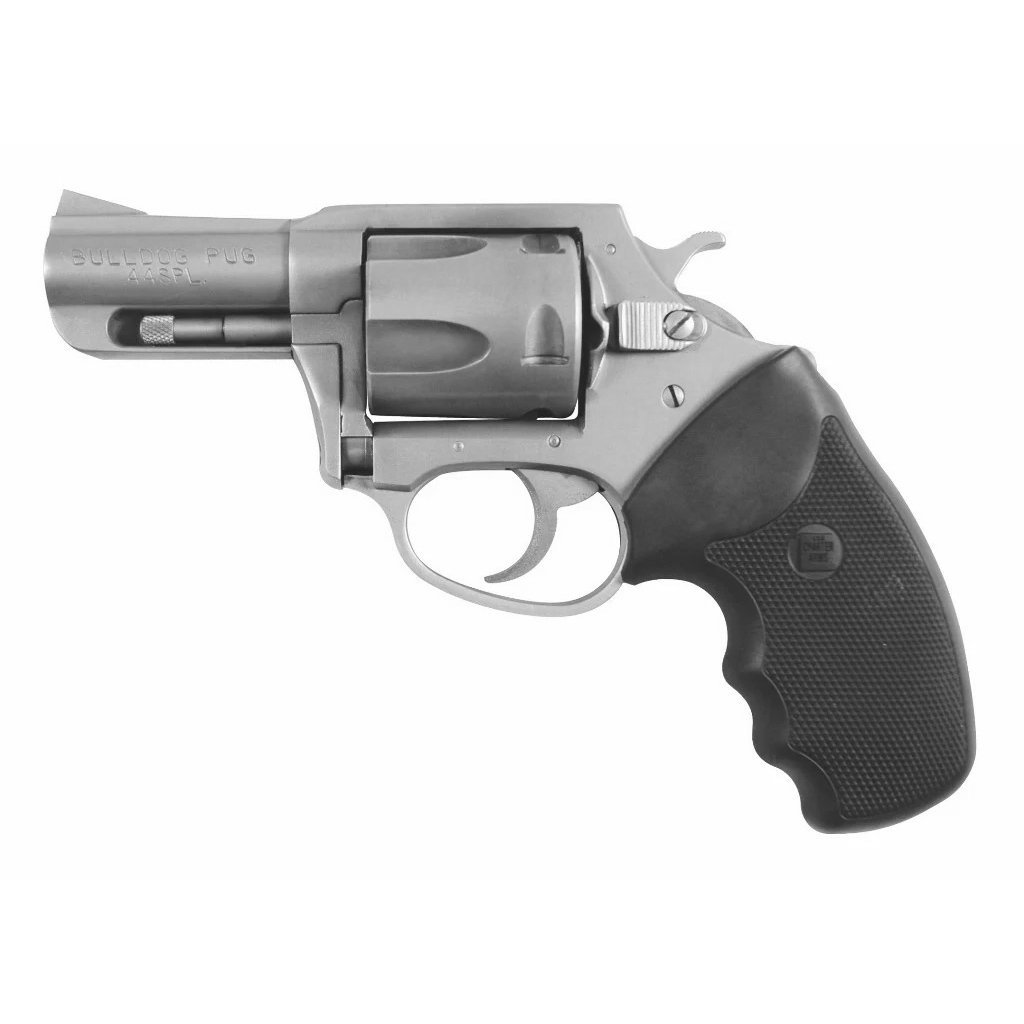
I’m not smart enough to know what exactly makes a cartridge inherently accurate. Why are the .44 Special and .32 S&W Long known for their accuracy? It’s a magic that escapes me, but it’s true. This thing makes it easy to stack rounds into a target. I can put all five rounds inside a two-inch circle at 15 yards, and I suck with revolvers.
The .44 SPC is ridiculously underrated, but it’s easy to see why. It limits your capacity and doesn’t perform at Magnum levels, but it has a magnum cost. I still like it, and I keep my eyes peeled for cheap ammo so I can continue to enjoy it and even occasionally carry my Bulldog.
Advertisement — Continue Reading Below
